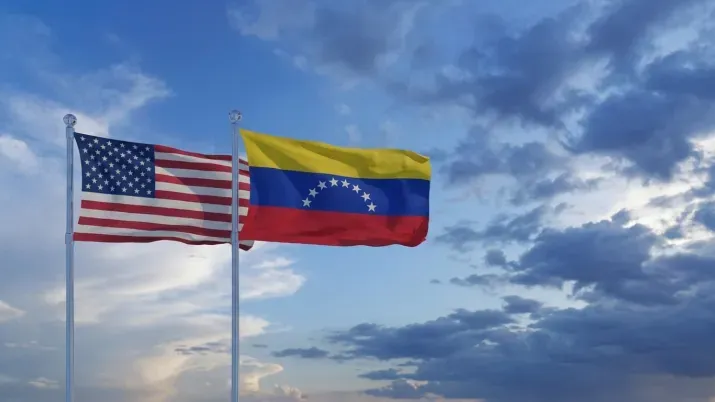$ Repo Rates Surge
TwentyFour
There has been a bit of nervousness to say the least in US money markets over the last few days. The overnight repo rate in dollars surged to levels not seen since the aftermath of the financial crisis, touching almost 10% on Tuesday. During the financial crisis the high dollar repo rates were a clear sign of trouble in the banking system, so it’s natural that investors might be uneasy about this. We should stress upfront that this is not the case today, the spike in the repo rate is a short term technicality created by a confluence of events, none of which should be worrisome, but in which in aggregate created a shortage of dollar cash in a short space of time and over a very short period.
So what is causing this cash squeeze?
Firstly the overall level of cash reserves (excess liquidity) deposited by the banks at the Federal Reserve has been gradually decreasing in the last few years from highly elevated levels to more normal levels. Cash reserves were $2.8 trillion in late 2015, but now stand at $1.5 trillion; a direct consequence of the unwinding of QE as the Fed has become a large net seller of securities held on its balance sheet.
Secondly, the corporate tax payment date in the US is September 15th, so US corporates would be gathering cash and depositing it with their banks ahead of this payment date. Naturally this cash was paid on time, removing liquidity from the banking system.
Thirdly, the US Treasury issued $78bn of 3yr, 10yr, and 30 year bonds last week, all of which settled on Monday. On top of this another $87 bn of Treasury bills were issued on Monday.
Finally, as investors could not have missed, there has been a very powerful rally in US Treasuries which has lured many investors out of cash and into the surging bond markets.
As we mentioned, none of these are particularly alarming.
The Repo Rate however should not move this far above the various Fed facilities and in order to explain this, we should recap on how these facilities should work.
Fed Funds Rate
Typically everyday some banks would need some cash reserves to balance their books while other banks would have excess. This is just normal course of business. A transaction would then take place where the latter would lend the former their excess reserves. The Fed Funds rate is the rate at which this transaction takes place. The Fed would make sure that this rate is within the band the FOMC determines at monetary policy meetings (as of yesterday 2%-2.25% and now 1.75%-2%) by creating reserves via buying collateral such as Treasuries from banks, or subtracting reserves via selling collateral to banks (we note though that the mechanics of the process have changed since the crisis). The precise rate is determined by demand and supply but should always be in the range set by the Fed, however this week it touched the higher bound which is why the Fed had to announce larger repo operations this week of $53.15 billion and $75 billion, essentially adding liquidity into the system. Their first attempt to transact the $53.15 billion failed due to technical issues which of course added more noise to the story.
Discount Window
The Fed stands ready to provide liquidity to banks that ask for it and provide the required collateral. Rates charged depend on the bank that asks for the loan. Primary Credit is for “depositary institutions in generally sound financial condition” and the rate for overnight repo was 2.75% as of yesterday and 2.5% as of today. Secondary Credit is for institutions that do not qualify for primary credit and rates are 50 bps higher than Primary Credit rates. Finally there is Seasonal Credit offered to smaller banks.
Why did the repo rate jump to levels close to 10% then? The answer is there is still a stigma for banks that use this facility. This phenomenon has been well documented by the Fed and they have taken several actions through the years to address it (for those interested this link gives a good overview of the issue from the Fed’s perspective https://www.federalreserve.gov/econres/notes/feds-notes/stigma-and-the-discount-window-20171219.htm But as we witnessed last week the issue is still present.
So this is why the repo rate has spiked, but this should be temporary as the Fed announced yesterday they would continue doing large volumes of repos such as the ones carried out this week. They have not yet announced any new permanent open market operations (POMOs), but that would be the next logical step if required. The Fed has the tools to expand its balance sheet if needed, and that’s the important point.







